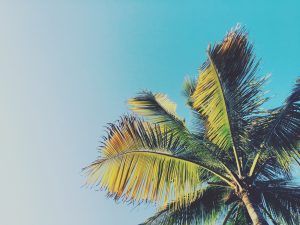Xeriscaping Costs 2025
Xeriscaping, a water-efficient landscaping method, offers both environmental benefits and potential cost savings. In 2025, the cost to implement xeriscaping varies based on factors such as yard size, material quality, and design complexity. Here’s a detailed breakdown:
National Average Costs:
-
Total Project: Homeowners typically spend between $5,000 and $24,000, with an average around $17,000.
-
Per Square Foot: Costs range from $5 to $20 per square foot, influenced by materials and design choices.
Project Size Estimates:
-
500 sq. ft. Yard: Estimated between $2,250 and $8,500, averaging $4,500.
-
1,000 sq. ft. Yard: Typically costs between $5,000 and $20,000, depending on materials and complexity.
Material and Design Factors:
-
Plants: Drought-tolerant species range from $6 to $150 each.
-
Hardscaping: Features like rock gardens or patios can add $500 to $10,000, based on materials and design.
-
Artificial Turf: Installation costs between $5.45 and $20 per square foot, offering low-maintenance benefits.
Regional Considerations:
In Arizona, xeriscaping is both practical and cost-effective due to the arid climate. Local factors influencing costs include:
-
Labor Rates: Professional landscaping services in Arizona range from $4.50 to $17.00 per square foot, averaging around $9.00.
-
Material Availability: Utilizing native plants and locally sourced materials can reduce transportation costs and ensure sustainability.
Recommendations:
-
Consult Local Experts: Engage with Arizona-based landscaping professionals to obtain tailored estimates and design advice.
-
Evaluate Long-Term Savings: While initial investment may be higher, xeriscaping can lead to reduced water bills and maintenance over time.
By considering these factors and working with local experts, you can develop a xeriscaping plan that aligns with your budget and enhances your property’s sustainability.
If you are interested in increasing the beauty of your landscape by buying desert plants, stop by our convenient location at 33840 N. Cave Creek Rd., in Cave Creek. For customers interested in our landscaping services, give us a call at (480) 488-9455 to schedule a visit to your home.
More Articles About Xeriscaping
- Tips For Growing Indoor Cactus
- Wood Chips Vs Mulch
- Desert Landscaping Ideas
- 10 Incredible Saguaro Cactus Facts
- Where To Buy Saguaro Cactus
- How To Save A Dying Cactus
- How To Bring A Dead Palm Tree Back To Life
- Landscaping Prices In Arizona
- Landscape Boulders Cost
- How To Take Care Of A Cactus In Arizona | Gardening Tips
- Desert Shrubs
- When are the Saguaro Cactus in Bloom in AZ?
- Mulch vs Compost | Differences
- Garden Soil Vs. Potting Mix | Differences
- What Type Of Water Fountain Should I Buy?
- What is Xeriscape?
- The Benefits of Ground Covering Plants
- Desert Plants
- Common Desert Plants Found in Arizona
- Garden Water Fountains
- Types of Cactus
- Different Types of Water Fountains for Your Garden
- Desert Landscaping Phoenix
- Sonoran Desert Landscape Rocks
- Arizona Xeriscape Gardening








